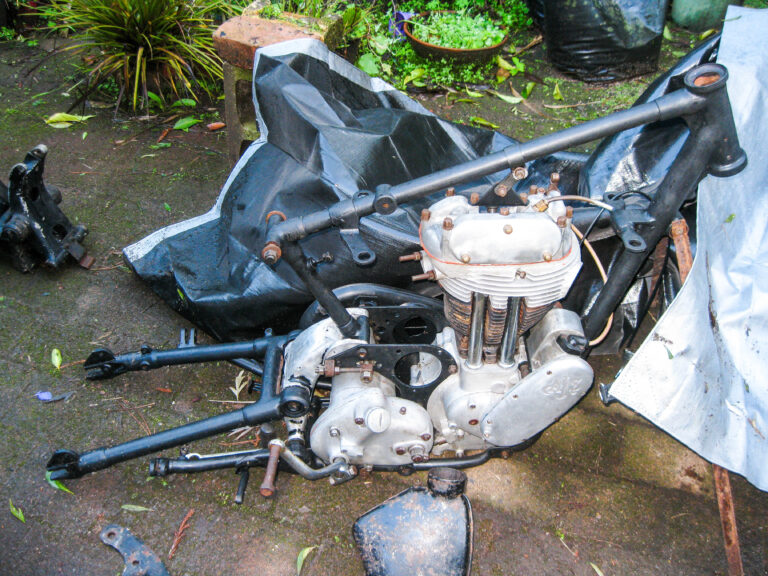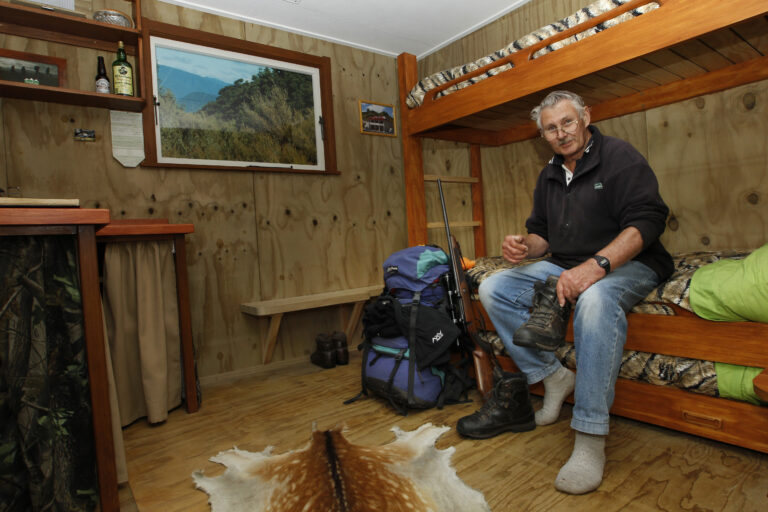LAUNCHING APRIL 24 ON TVNZ DUKE (FREEVIEW CHANNEL 13, SKY 23)
Start Me Up is the world’s first and only TV car show based on the internet phenomenon of ‘cold starting’ – and it’s made right here in New Zealand.
|In Start Me Up, our amiable and amusing presenters search out those classic old cars, vans and utes laying about around NZ – and attempt, against the odds, to get them going again – or ‘cold-started’.
Along the way they meet some of the extraordinary characters you find in this country’s sheds and garages – and show us around incredible car & vehicle collections.
It’s a show that captures New Zealand and our motoring history in a fresh and interesting way – a bit like Country Calender meets Mucking In with a dose of Car SOS
THE FORMAT
So what actually happens in the show? First MOD and Martin track down a candidate car – and in Season 1 they find some real good ‘uns: an NZ-built VW Trailmaker; a 1948 Morris Commercial tow truck, a 1970 Valiant Wayfarer ute, a 1966 Leyland 15 van, a 1983 BJ45 Landcruiser and a 1928 Dodge Fast Four.
Once they figure out what’s going to need to be done mechanically (they have to be resourceful and clever), MOD, who always ‘knows a guy who knows a guy’ sets off to get any extra parts they need with the help of interesting locals.
As Martin delves into the mechanical fixes, we follow MOD as he gets into the sheds and garages of some classic Kiwi characters. MOD comes back and checks in on Martin and then the tension naturally builds as they try to actually get the car going.
And when they do it’s celebration time – or maybe even a quick test drive. Cue more fun as a car that hasn’t moved for many a year is in motion once more!
MOD (Mike O’Donnell) is at heart a guy who loves cars – and loves New Zealand.
From summer trips in his Kombi up the East Cape to racing and collecting, MOD is half man, half engine oil.
Then there’s the classic Ford Capri snoozing in a garage in Blenheim for the South Island trips, his beloved Targa-prepped Honda Civic Type R, not to mention a small collection of 14 motorbikes…and profile as writer of MOD’s Motors – yep MOD is the real motoring deal.
We love the cameos from the characters who MOD meets in sheds and garages around NZ. – whether itʼs a private car collector in Carterton or a dirt racer with a passion for hot rods – these people help us with each vehicle and add a whole pile of character to each Start Me Up episode.
Martin is a guru of all things mechanical.
As a young kid he’d go to the local tip and rescue discarded old motormower engines, take them home and mess about with them until he got them going. His passion for mechanics was born.
After qualifying as an engineer he went on to help build a motorbike from scratch – that is, painstakingly designing, making and building every component – with some mates in Greytown. The bike’s still in a shed there to this day (and features Episode 4 of the show!)
He raced motorbikes in his spare time and drove classic cars – and fixed them up too obviously. (Fun fact: Martin only has one kidney after an unfortunate motorbike accident on a stretch of road near Wellington, when he lost a fight with a culvert.)
These days Martin designs and builds broadcast systems, dividing his time between the UK and New Zealand. His NZ drives are a 1958 Wolseley 6/90 and a BMW F800 GS motorbike. In England he prefers to cycle!



